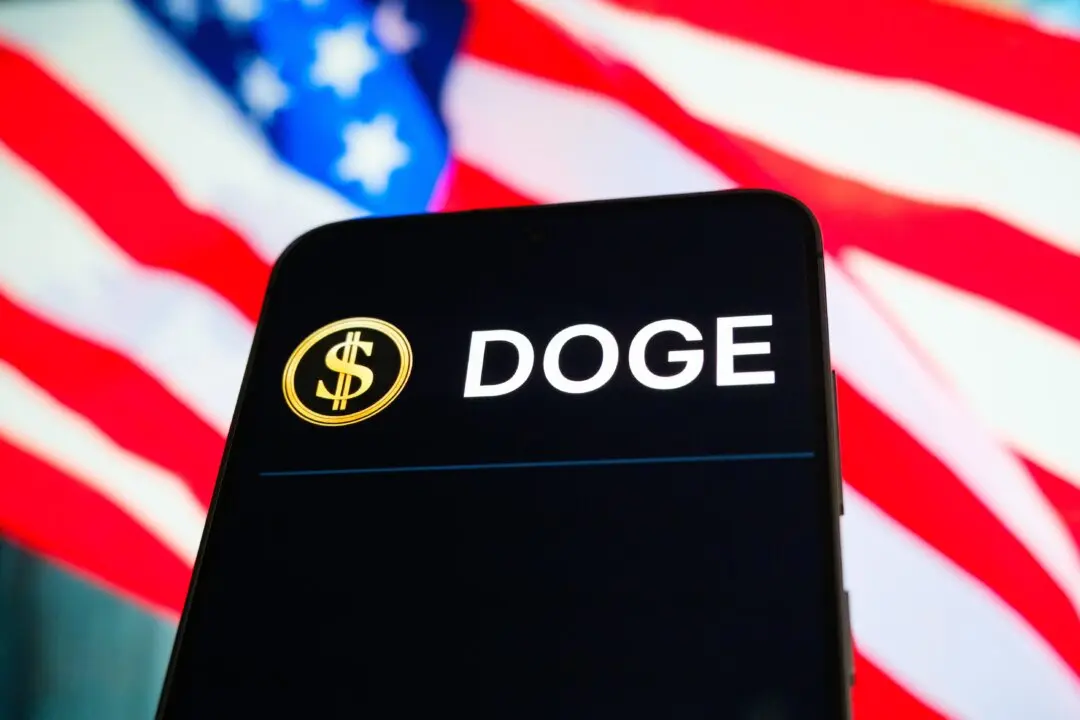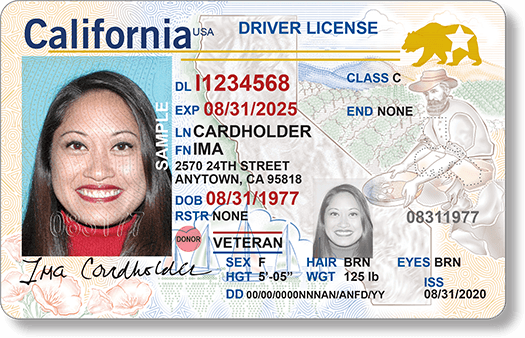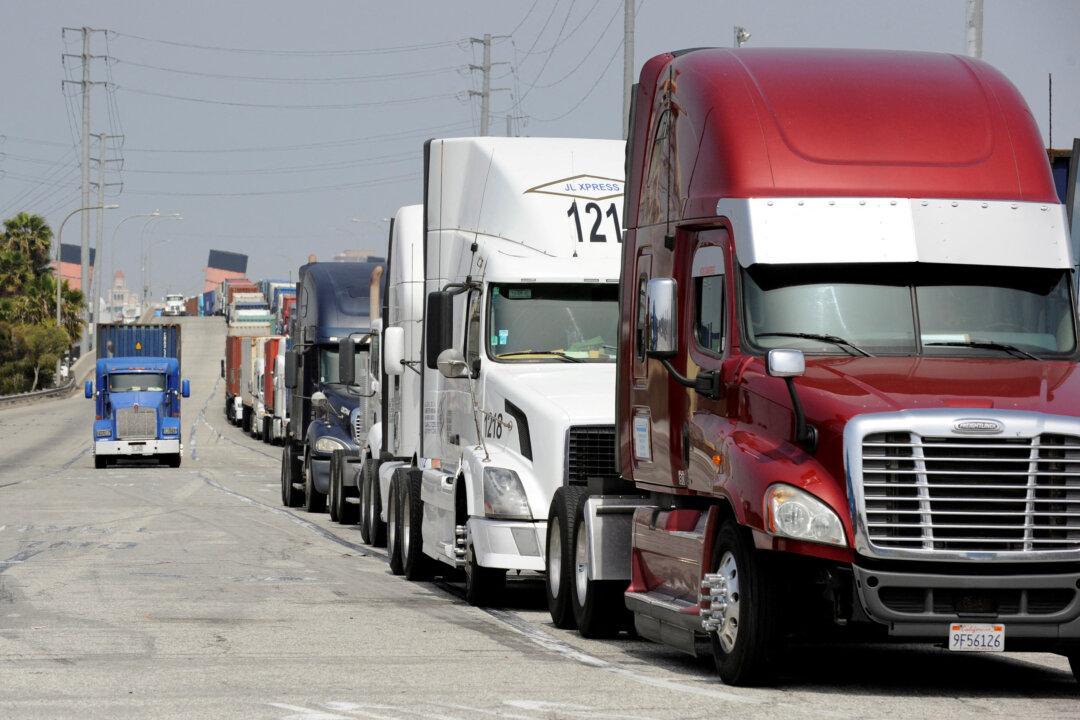Unemployment claims registered a fall for the most recent week, but still remained higher than expected, according to data from the U.S. Department of Labor (DoL).
“In the week ended July 23, the advance figure for seasonally adjusted initial claims was 256,000, a decrease of 5,000 from the previous week’s revised level,” according to a July 28 press release (pdf). “The four-week moving average was 249,250, an increase of 6,250 from the previous week’s revised average.”





